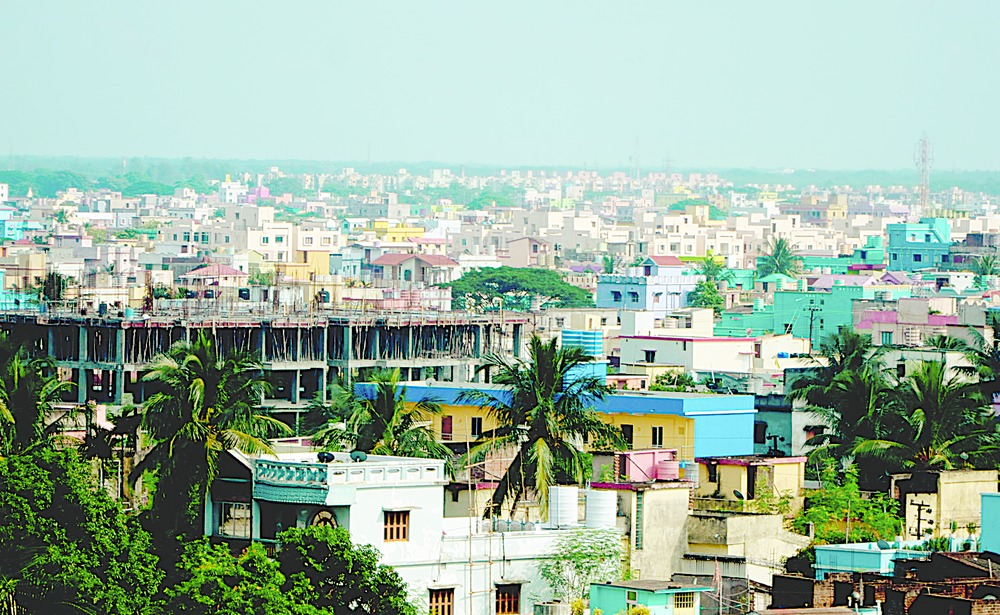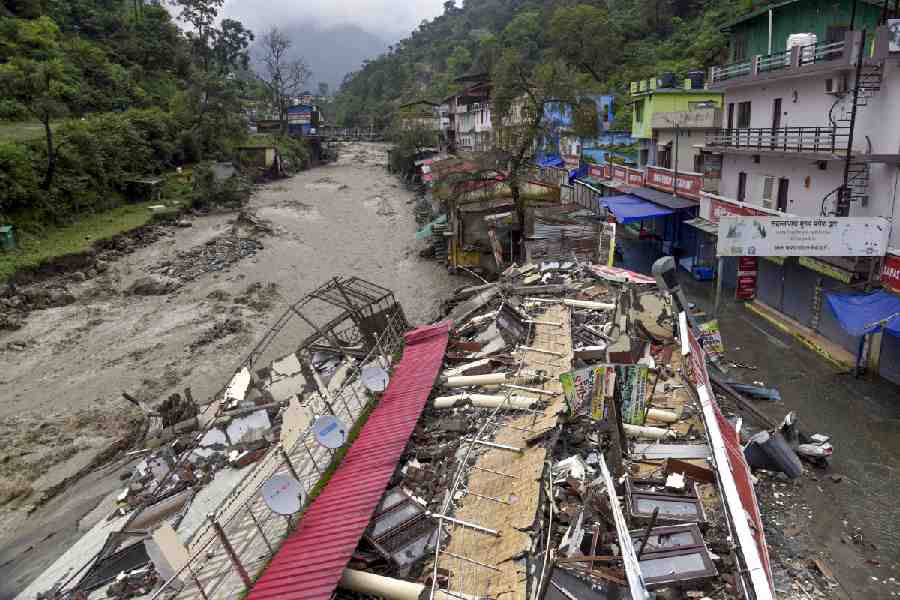
Bhubaneswar, Oct. 13: The development authority would demarcate 20 per cent of land in all developing zones across the city to build affordable houses.
Developing zones are the areas, which are taken up for development in the city by government agencies such as the Bhubaneswar Development Authority and the Odisha State Housing Board. Real-estate developers also play a role in creating such locations where many develop their projects at a time. Both sides of the Sundarpada-Jatni road in the city are an example of such a developing zone.
The dwelling units, to be priced between Rs 5.54 lakh and Rs 15.82 lakh for various categories of people, including those belonging to the economically weaker sections (EWS) and the lower income groups (LIG), would help the city have a good housing stock.
"Residents are often forced to stay on the outskirts due to non-availability of land in the central parts. But, a reality check will provide one a different picture. In many localities, it has been noticed that more than 35 per cent of land is lying unused. We want to change the trend and ensure a uniformed development across the city. Once implemented, the scheme would enable people under the EWS, LIG and the lower middle income groups to stay in the heart of the city," said vice-chairman of the Bhubaneswar Development Authority Krishan Kumar.
Speaking on the sidelines of the affordable housing scheme launching ceremony on Sunday, Kumar said: "There is a plan to develop 50 acres every year, so that both the government agencies and the private builders can pitch in to bridge the housing gap in the city. It can also help bring down the real-estate prices across the city. Though Bhubaneswar is smaller than Calcutta, the prices of house here are comparatively on a higher side."
Affordable housing is a collage of the state and central scheme as the land availability for the affordable houses will be made by the state government. On the other hand, for EWS houses subsidy amount of Rs 1.5 lakh will come from the Centre.
Citing an example of unplanned land use, he said: "At Saheed Nagar and Satya Nagar, the public health engineering organisation is occupying over 25 acres by stacking its pipes, while huge spaces adjacent to it lying unutilised. Such practice has been on for years, while the city faces an acute shortage of centrally located land for various projects, including the housing ones."
Housing and urban development secretary G. Mathivathanam said: "Each plan will be revisited every five years, so that the pattern of land use or any newer requirement could be accommodated. With the new affordable housing policy, the state government will carry out a proper remote sensing and geo-information-based land survey to effect the changes."
"The land earmarked for affordable housing under either the state scheme or the Prime Minister's Awas Yojana will be for affordable housing in the comprehensive development plan. The master plans to be carried out for various urban development projects would not use those land pockets in their plan," said a government official.
City resident Bijay Mishra said: "Earlier, the authority had partially been responsible for the hike in real-estate price as the projects (both by government agencies and private developers) were real-estate oriented and not according to the demand pattern of the residents. Now, they have realised the mistake, and it would help in stabilising the housing price."
To make an effective plan for the city to develop affordable houses and get funds available for infrastructure, the housing and urban development department will also constitute a CDP Infrastructure Development Fund, so that the process never gets jeopardised.
In the smart city plan, affordable housing comes as a major component in a city's development.











